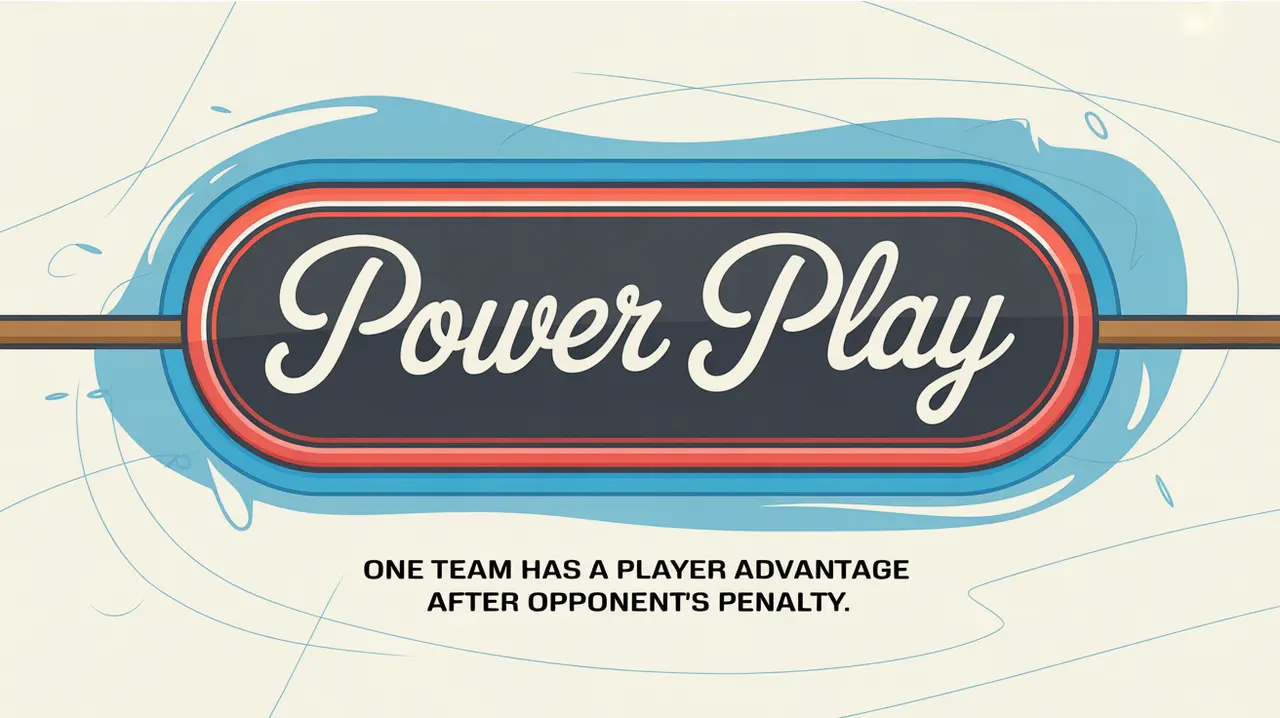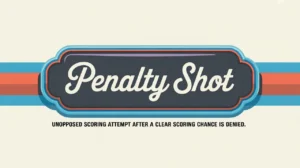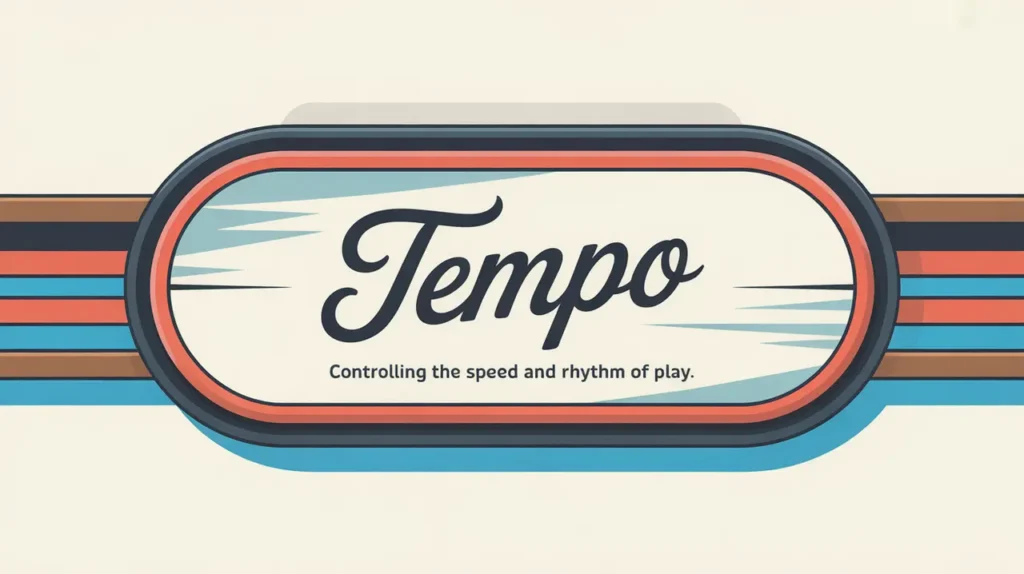Jim’s Intro to the Power Play
Hi folks, Jim here, the only commentator who once brought bar bells and a script to a power play.
What is a power play?
A power play happens when one team has more skaters on the ice than the other due to penalties, creating a man advantage. This usually occurs after a minor, double minor, or major penalty, and can be 5-on-4, 5-on-3, or sometimes even 4-on-3 depending on the number of penalties. The team with the advantage goes on the attack, while the penalized team defends in what’s called a penalty kill. Power plays are prime scoring opportunities and often decide close games.
How does it work?
Power plays follow a clear structure:
Penalty is Assessed: A player is sent to the box, creating a manpower imbalance.
Clock Starts: The penalized player’s time begins, and the power play starts.
Man Advantage Play:
- 5-on-4 is most common after a minor penalty.
- 5-on-3 occurs when two penalties overlap.
- In rare cases, 4-on-3 can happen in overtime or when multiple penalties offset.
Penalty Expiration or Goal:
- For minors, if the power play team scores, the penalty ends early.
- For majors, the full five minutes are served regardless of goals scored.
Even Strength Resumes: The penalized player returns to the ice, and play resets to even numbers.
Power plays completely change the tempo of the game, often tilting the ice toward the defending team’s net.
Common Power Play Setups
- Umbrella: One point shooter up top, two players on the half-walls, two net-front. Ideal for quick puck movement and big point shots.
- Overload: Heavy puck presence on one side to force defensive shifts and create openings.
- 1-3-1 Formation: A modern favorite with a single point, a player in the bumper slot, and wings on the half walls. It’s built for quick passes and inside shooting lanes.
- Double Screen / Net-Front Chaos: Big bodies in front of the goalie to create deflections and rebounds.
How do you make good decisions with it?
Good power play decisions come down to patience, movement, and smart shot selection.
- Puck Movement: Don’t overhandle. Move it quickly to stretch the penalty killers.
- Entry Strategy: Controlled entries work better than dump-and-chase against structured penalty kills.
- Net Presence: Screens, deflections, and rebounds win power play battles.
- Shot Timing: Take high-quality shots when lanes open instead of forcing low-percentage plays.
- Don’t Force: Rushed passes or risky cross-ice plays often lead to short-handed chances the other way.
How do you master it?
Mastering the power play is about chemistry and repetition. Skilled teams develop automatic passing patterns, crisp puck movement, and clear shooting options. Players learn to read the penalty kill’s shape, exploit seams, and anticipate rebounds. Special teams practice is a major part of high-level hockey because a great power play can carry a team through tight games and playoffs.
What does it look like when done right?
A good power play hums like a machine. The puck moves quickly, the penalty killers are constantly rotating, and the defense is forced to collapse under pressure. Shots come from dangerous areas, rebounds are pounced on, and goals often look inevitable. Fans can feel the momentum shift the moment the man advantage starts clicking.
Commentator’s Corner
Jim’s Take
I’ve seen power plays that looked like surgical operations and others that looked like lost car keys. The difference is control, patience, and trust in the setup.
Parent Tip
Teach young players that power plays are about teamwork, not hero shots. Good puck movement is what makes the advantage count.
Player Tip
Know your role in the setup. Whether you’re the shooter, bumper, or screen, doing your job well turns a good power play into a great one.
A Final Thought
Power plays are turning points. When executed with precision, they can break games open, tilt momentum, and demoralize opponents. Master them, and you hold one of hockey’s greatest strategic weapons.









